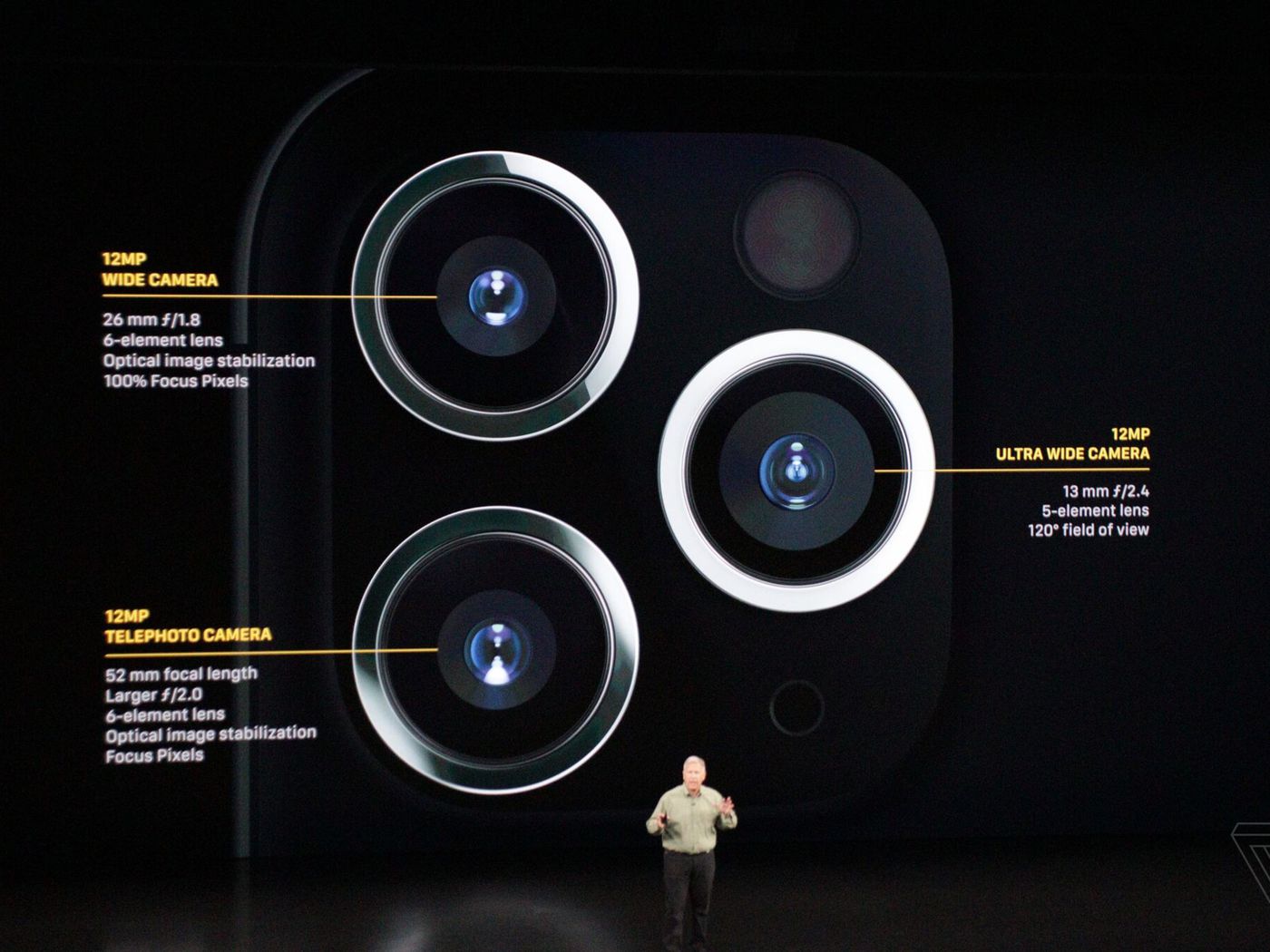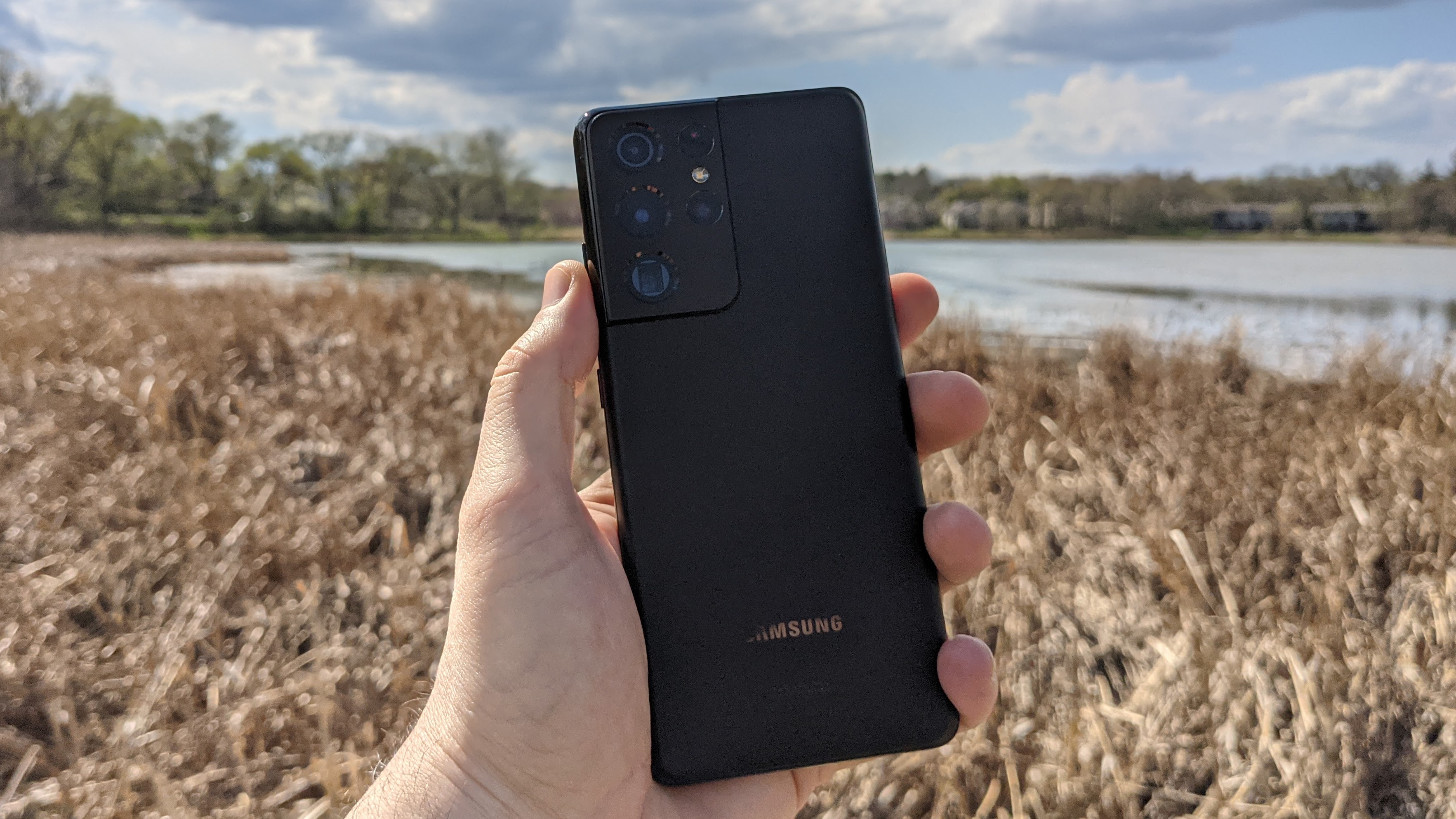Understanding Telephoto Cameras: An In-depth Analysis
Introduction
Welcome to the world of photography where tools, techniques, and types of cameras evolve in line with advancing technology. In this in-depth analysis, we delve into one such product - the telephoto camera. Explore the mechanism, features, user benefits, and tips on making the most of this photographic equipment. Moreover, we'll address the common misconceptions that have contributed to several photographers missing out on the uniqueness of telephoto cameras.

What Is a Telephoto Camera?
In the realm of photography, numerous tools exist to bring to life the creative vision of a photographer. A telephoto camera is one such gem, defined by its incorporation of a long-reach lens, the telephoto lens.
- Understanding via Terminology: The term 'telephoto' is a fusion of two words, 'tele,' denoting 'far off,' and 'photo,' signifying a tool that captures images. The combination of these words effectively encapsulates function, presenting an immediate picture of the camera's ability to capture impressive images from a distance.
- Lens Confusion: One common error among photography enthusiasts is confusing a zoom lens with a telephoto lens. The critical distinction is the longer focal length in the telephoto lens. While zoom is a feature of various lenses, allowing the photographer to alter focal length, telephoto specifically refers to those lenses with a particularly long focal length, capable of seizing distant subject matter with astonishing clarity.
- Telephoto Versatility: The reason behind the popularity of telephoto cameras lies in their versatility. Their unique construction enables them to excellently capture images in fields where the photographer needs a considerable distance from the subject, such as sports, wildlife, and even astronomical photography. The telephoto camera isn't just an ordinary piece of equipment - it's the key to unlocking new perspectives in distant vistas.
In essence, a telephoto camera is a robust tool, renowned for its longer focal length, clarity of distant subjects, and an exceptional degree of versatility. It opens a world of exploration and fresh perspectives to photographers worldwide.
How Does a Telephoto Camera Work?
Understanding how a telephoto camera operates can help you better capture those high-quality images you desire. Below is a closer look at the camera's mechanism:

- Principle of Telephoto Group: The operative engine of a telephoto camera is based on the principle of a telephoto group. This is essentially a precise arrangement of lenses that, when working in unison, produce a longer effective focal length for superior magnification of subjects.
- Increased Focal Length Efficiency: The telephoto camera’s increased focal length allows it to reduce the field of view and isolate the selected image from its surroundings. This results in startling clarity even when the subject is considerably distant.
- Registration of Enlarged Images: Telephoto cameras can register enlarged images from far-off subjects. As focal length increases, the field of view decreases, allowing the camera to capture these clear images from a distance.
- Isolation Effect: One of the unique features of the telephoto lens is its ability to isolate the subject from the background. Despite the significant distance between the camera and the subject, you can still get remarkably clear images with a beautifully blurred background.
In essence, telephoto cameras bring distance into sharp focus, enabling photographers to capture images that would otherwise be impossible with a typical camera lens. They offer the advantage of clarity, range, and depth, making them a vital tool for your photography arsenal.
Features and Specifications of Telephoto Cameras
Understanding a telephoto camera's key features and its unique specifications can immensely enhance user experience and performance. Here is an in-depth glorification of its salient features:
- Long focal length: This is a defining attribute of a telephoto camera. Focal lengths typically extend beyond 60mm, enabling users to capture far-off subjects with startling detail and clarity.
- Narrow Field of View: Unlike wide-angle lenses, telephoto cameras boast a narrower field of view due to their longer focal length. This feature is instrumental in creating images that feel close-up, despite the subject being at a considerable distance.
- Pleasant Bokeh: Due to their shallow depth of field, telephoto cameras can create an enchanting bokeh effect. The result? Images where the subject is sharp and clear against a beautifully blurred backdrop.
- Built-in Image Stabilization: Given their weight, camera shake is a common issue while using telephoto lenses. However, many telephoto cameras combat this problem with built-in image stabilization technologies, offering crisp, blur-free images.
- Size and Weight: Telephoto cameras are significantly larger and heavier than their counterparts due to the extra glass required for their lenses. Therefore, they might require the use of a tripod for stability, particularly in low light situations.
Each of these traits contributes to the telephoto camera's extraordinary ability to capture distant subjects in stunning detail. Knowing these aspects will allow you to fully exploit the potential of this marvellous photographic tool.
Why Do You Need a Telephoto Camera?
The question might arise, 'why should I opt for a telephoto camera?' Here's a comprehensive answer:
1. Far Reach Photography: With its long focal length, a telephoto camera captures up-close images of subjects far away. It's excellent for wildlife, sports, and astrophotography where it often isn't possible (or safe) to get close to the subject. In wildlife photography, for instance, 90% of professionals rely on telephoto lenses for capturing intricate details.
2. Stunning Portraits: Telephoto cameras are perfect for more than just long-distance shots. They shine in portrait photography too. The raw emotion and intricate details captured by these lenses are often unmatched due to their ability to isolate the subject and create a beautiful blurry background.
3. Highlight the Details: One of the lesser-known advantages of a telephoto camera is its ability to emphasize details. Utilizing the narrow field of view and background blur, it can draw attention to overlooked subjects and nuances.
To sum up, the versatility and unique functionality of telephoto cameras clearly asserts their value for professional and even amateur photographers. Whether for long-range shots or compelling portrait photography, telephoto lenses undoubtedly widen your photographic perspective.
Tips and Tricks for Telephoto Camera Users
Taking on the telephoto genre of photography requires more than just owning the equipment; understanding how to maximize your telephoto camera is a game-changer. Here are useful nuggets of wisdom to help your telephoto journey:
1. Stability Is Key: Telephoto lenses are typically larger and heavier, making them prone to movement and camera shake. Therefore, investing in a sturdy tripod is a wise decision. It adds stability and results in sharper images.
2. Patience: It's not about the 'quick click'. Because telephoto cameras can magnify distant subjects, it often requires time for your subject to enter the frame perfectly. So, remember – patience pays.
3. Master Your Aperture Settings: For stunning pictures with the subject in sharp focus and a lovely blurred background, experiment with different aperture settings. Lower f-stop values result in a larger aperture, creating a stronger bokeh effect.
4. Understand Your Shutter Speed: Faster shutter speeds can help freeze motion in your shots. This is especially useful if you're capturing fast-moving subjects like sports events or wildlife.
5. Embrace Manual Focus: Though autofocus is convenient, manual focus could provide more precise control, enabling you to achieve the exact level of sharpness you desire.
These practical and impactful tips could radically enhance your telephoto photography experience and results. Start experimenting today!
Conclusion
After this dive into the world of telephoto cameras, it's clear they offer benefits unmatched by standard lenses. Their unique ability to bring distance into focus, isolate subjects against a blurry backdrop, and capture details from far-off subjects, make them an essential addition to your photographic gear. Don't miss out!
Related FAQs about what is a telephoto camera
What are the main differences between a telephoto camera and a standard camera?
The main difference lies in the focal length. Telephoto cameras feature a longer focal length, allowing photographers to capture subjects from a significant distance with high clarity. They also tend to be larger and heavier than standard cameras due to the additional lens glass required.
In what fields are telephoto cameras commonly used?
Telephoto cameras are versatile tools used in diverse fields. From wildlife and sports photography, where the subject is often not reachable or approachable, to portrait and event photography where intricate detailing is required. Astronomical photography is another field where they shine.
What are some common misconceptions about telephoto cameras?
One common misconception is that telephoto cameras are the same as zoom cameras. While they do enable 'zooming in' on a subject, it's their long focal length that distinguishes them. Another misconception is that they're only used for distant photography, whereas they're also excellent for portrait photography.


